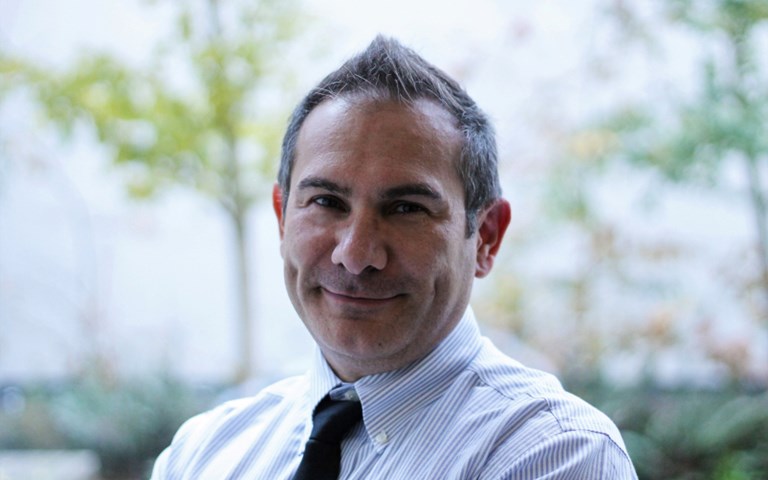As the world discusses the growing demand for mineral resources to support the global shift towards renewable energy, the steady decline in students graduating from mining engineering programs rarely makes the news.
Data from mining departments and mining schools across Canada, the U.S. and Australia show that the number of graduating students has declined since 2016. The most recent downtrend transcends national phenomena and reflects the global nature of the mining sector.
It may be convenient to attribute the observed trend solely to the cyclical nature of the mining industry. However, data from the Minerals Tertiary Education Council Key Performance Measures Report 2018 shows that in the period 2013-2017, the number of students joining mining programs in Australia dropped significantly, despite commodity prices holding steady or increasing.
According to the Mining Industry Human Resources Council (MiHR), cumulative hiring requirements for the mining industry in Canada over the next 10 years will range from approximately 49,000 to 135,000 workers. However, most requirements are linked to retirements rather than the addition of new positions. Also, according to MiHR, the most significant gaps will be in the following categories: supervisors, support workers and tradespeople. These positions are likely to require something other than completing a degree in mining engineering. At the same time, MiHR stated that automation and technology will increase the educational requirements of the workforce for these occupations. This statement has profound implications regarding mining engineering curricula and enrolment in mining engineering programs at universities across Canada.
The (inconvenient) truth is that, according to a February 2023 McKinsey article, “Has mining lost its luster? Why talent is moving elsewhere and how to bring them back,” mining engineering is not a popular subject among prospective engineering students. Possible causes behind the downtrend include:
Perception of the mining industry: Mining engineering is perceived as a dirty and dangerous profession, which may not appeal to a generation of students concerned about our planet’s environment and future. These concerns are not unfounded. However, the mining industry has also made significant strides in recent years to address these issues. New technologies and practices have made mining cleaner and safer than ever before.
Perceived lack of flexibility: The degree’s name—mining engineering or mineral processing—points to a very specific profession. Prospective students may think that pursuing a degree in mining engineering might limit their career prospects and confine them to working exclusively within the mining sector. Moreover, many mining engineering courses incorporate the term “mining,” reinforcing the notion that the acquired knowledge may not be readily applicable beyond this industry.
Academic curricula: The mining industry is often viewed as old-fashioned and outdated. The courses we teach at the undergraduate level need to do more to dispel this view. Academic curricula are bound by accreditation requirements and the need for courses that lead to sufficient accreditation units. A good opportunity to modernize the curricula could come from discussions with relevant accreditation bodies to update/change the courses that are part of the accreditation process for mining engineering. A future mining curriculum could include more geology and geotechnics (for excavations design and tailings design), more technology (for energy and environment), more chemistry and processing (for mineral processing) and more computer skills (for data analysis). Furthermore, these courses could also be offered in a professional masters in mining engineering, open to students who graduated with an engineering degree in a different discipline and are considering diversifying their career plans.
Pre-university education: Geology, rocks and minerals must be taught to schoolchildren if we want potential students to know the role mineral resources play in today’s economy and energy transition.
Equity, diversity and inclusion: Despite the introduction in the past few years of university scholarships sponsored by several mining companies and reserved for female-identifying students, it is no secret that women are still under-represented in mining companies. Mining companies need to do more to help women feel safe (e.g., women-only washrooms, changing rooms and sleeping accommodations on-site). There must also be a zero-tolerance policy for discriminatory or non-inclusive behaviour. Perceptions of how their career will shape up regarding the fundamental values of equality and equity are critical to younger students.
To address these problems, academia and industry need to highlight the interdisciplinary nature of mining engineering and the wide range of opportunities available. Emphasizing the transferable skills acquired through a mining engineering degree, such as problem-solving, project management, data analysis and environmental stewardship, can help alleviate concerns about limited career prospects. We need to reframe the educational offerings, and the mining industry, if we are to encourage prospective students to pursue a career in this dynamic field.
Davide Elmo is an engineering geologist with a doctorate in geomechanics at the Norman B. Keevil Institute of Mining Engineering, University of British Columbia.




